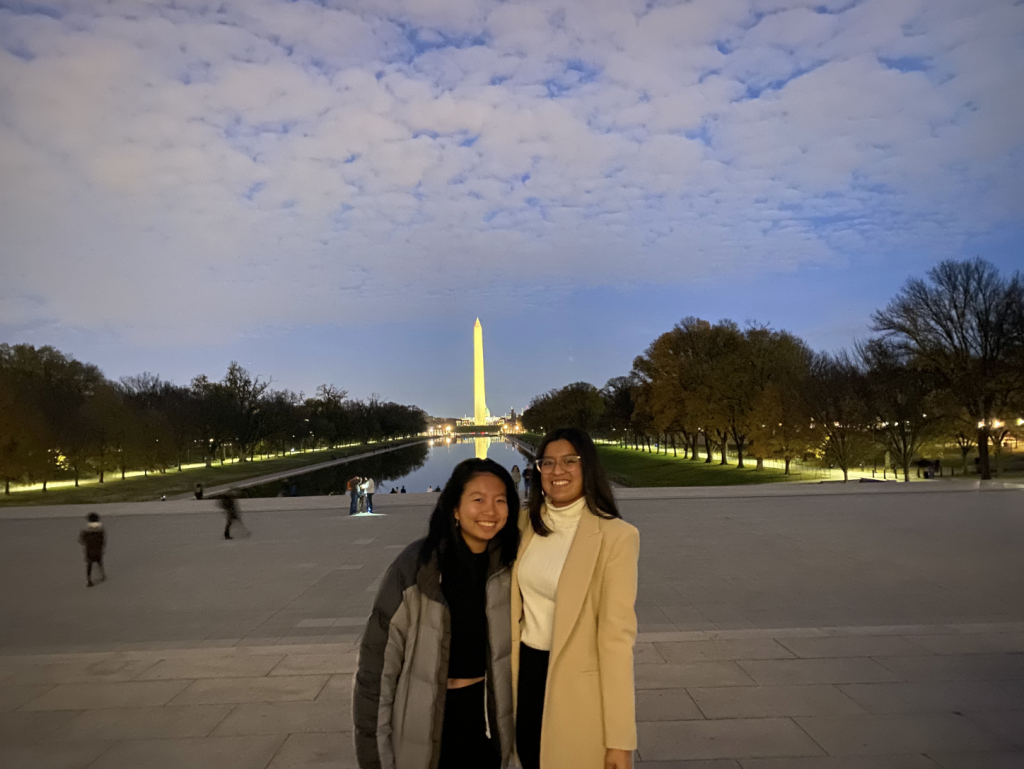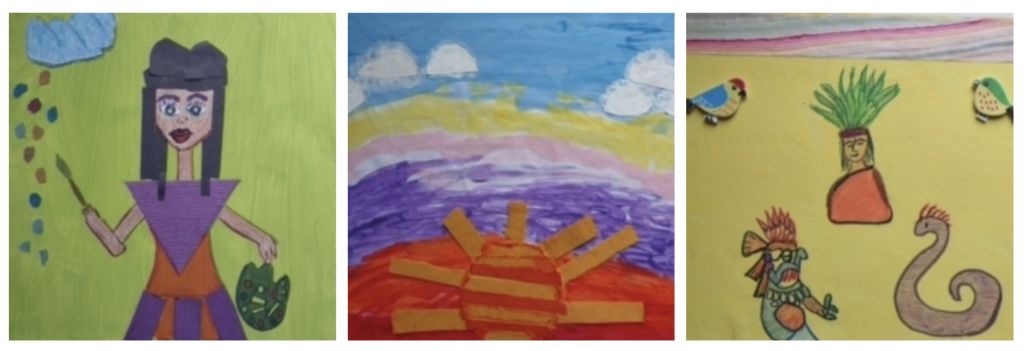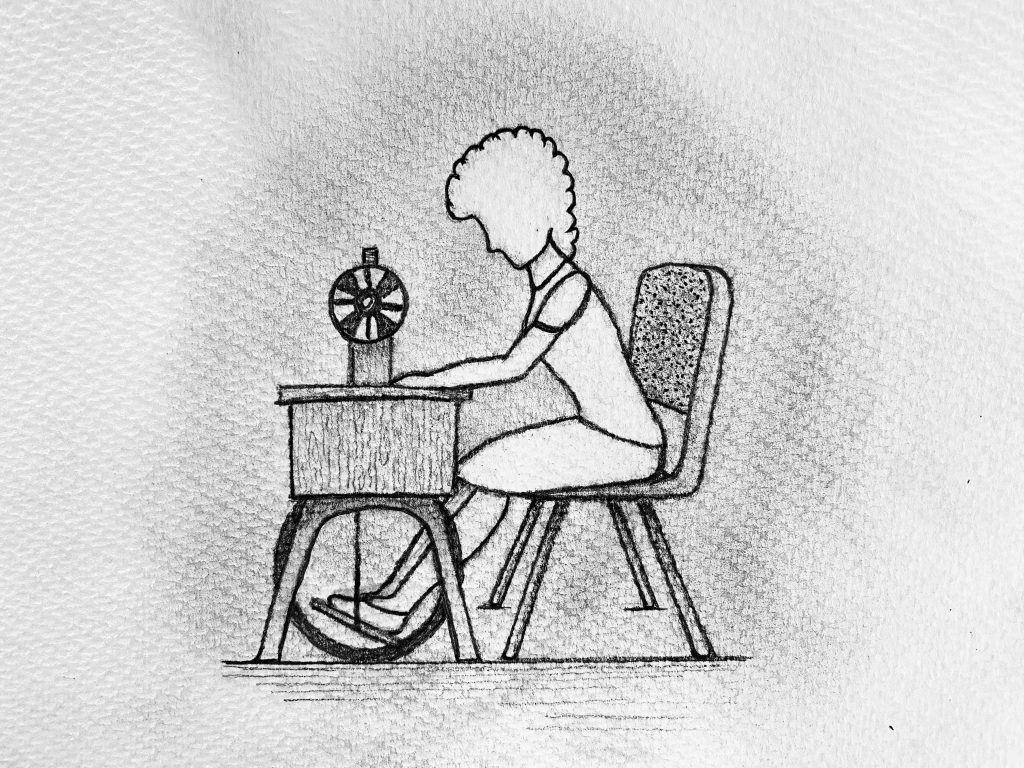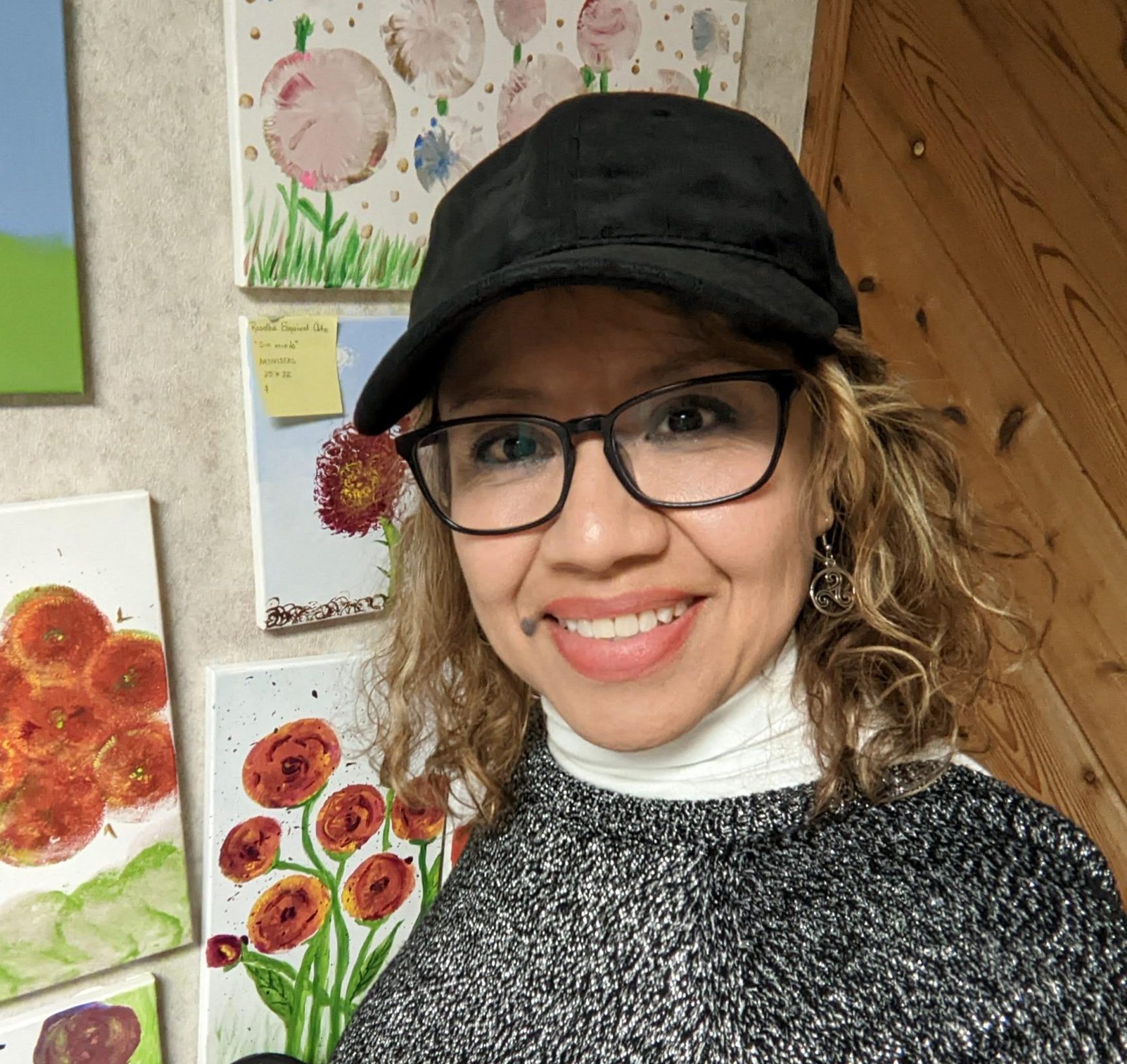
Editor’s Note:
In 2017, the high school students of CCATE had the opportunity to meet diplomats from the Organization of American States (OAS), and the then director of the Department of Latin American and Latinx Studies at the University of Pennsylvania (UPenn), Dr. Tulia Falleti. The result of these meetings was the invitation to four CCATE high school students to participate in the Model Organization of American States (Model OAS) at UPenn, every year with college students and high school students from throughout Philadelphia.
That first generation marked a watershed moment for the CCATE program as it meant that four high school students (Dulce González, Pamela Gómez, Diego Ledesma, and Alex Nepumoceno) would be the first CCATE students to take a class at the university level at one of the best universities in the world, UPenn, the nation’s first Ivy League university founded by Benjamin Franklin.
From 2018 to 2022, about twenty CCATE students have participated in Model OAS as an opportunity to think about attending university, have a real college experience, and deepen their roots of origin and learn about the social, cultural, political, scientific, and technological thoughts of Latin America. CCATE students attend the class financed by the now Center for Latin American and Latinx Studies.
Through the years, the CCATE youth program seeks to open doors and opportunities for students, knowing that we are planting seeds of knowledge. On this occasion we share the testimony and experience of Sara Sandoval Rico who was one of the representatives of the CCATE cohort at Model OAS at UPenn during the fall semester of 2022.
After years of being the global leader in the resettlement of refugees, the United States, under the Trump administration, reduced the maximum number of refugee spots in an effort to protect American jobs during the pandemic. These efforts were part of Donald Trump’s Make America Great Again (MAGA) rhetoric– through which he seeked to prevent anyone who was not a U.S. citizen from entering U.S. territory under any circumstance. During his time in office, the number of refugees went down to only 15,000 refugee spots, which was a record low. Trump also created a travel ban that affected the Muslim minority the most. On the other hand, our current administration has found it difficult to do a complete change of the policies put in place by the previous administration. Not only has President Biden committed to resettle 125,000 refugees and 70,000 Afghans, but he also repealed former President Trump’s travel ban. However, he has received backlash from activists who don’t believe the measures he has taken are enough.
Despite the fact that the United States has announced its plans to welcome up to 100,000 Ukrainians through the full range of legal pathways, including the U.S. Refugee Admissions Program, they are only allowing entry to people with a valid visa or authorization. The ultimate goal of this is to temporarily resettle migrants within the United States. Resettlement organizations have condemned the action, pointing out that the administration should be supporting the refugee admissions procedure rather than depending on humanitarian parole. The policy director at the International Refugee Assistance Project, Sunil Varghese stated, “The administration cannot continue to lurch from one crisis to another without increasing overall capacity for permanent protection in the United States. Today’s announcement suggests that if the Biden administration wants to make refugee protection a priority, it can find a way to get there.” However, these resettlement organizations still say that the U.S. has certain obligations to all asylum seekers, not just those in Ukraine.
Many activists have requested the return of undocumented immigrants wrongfully deported under Trump, stopping detention of asylum-seekers, expanding the Obama-era Deferred Action for Childhood Arrivals program, and granting temporary protected status to protect more undocumented immigrants. They also expressed concern due to the fact that although Biden has promised to reverse Trump’s most restrictive immigration policies, he didn’t include immigration as one of his top priorities which really makes us question if he takes the issue seriously. The director of immigration and cross border policy at the Bipartisan Policy Center, Theresa Cardinal Brown commented, “Activists are going to be active. That’s their job. Their job is to try to push as hard as they can, … But reality for the party and governance is they have to balance those demands with what they can actually get done.”




